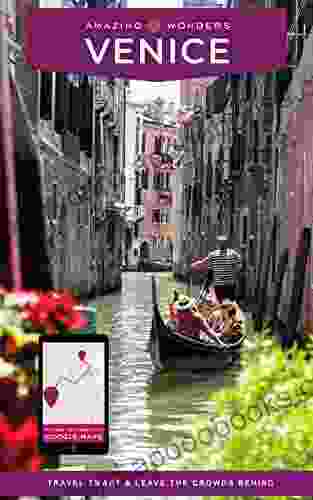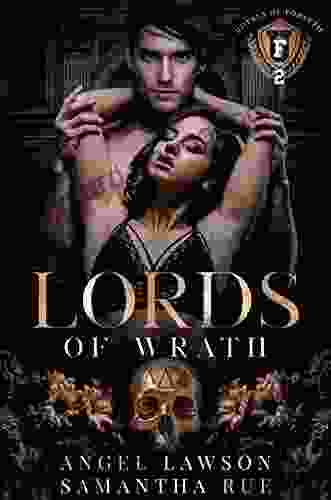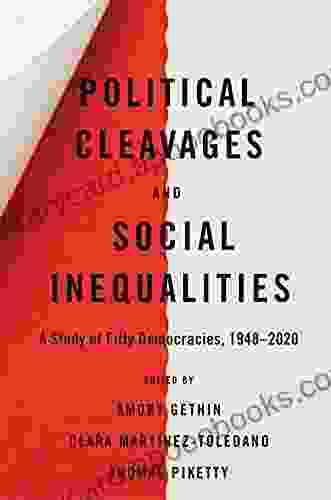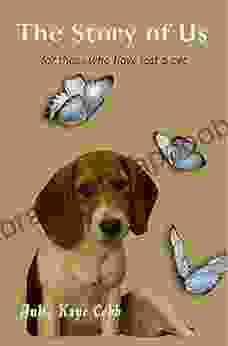Teaching Basic Advanced And Academic Vocabulary: A Comprehensive Framework For Elementary Instruction (Carefully Curated Clusters Of Tiered Vocabulary For K 5 Language And Literacy Development)

Teaching Basic, Advanced, and Academic Vocabulary: A Comprehensive Guide
Vocabulary is the foundation of language proficiency. It is the key to unlocking comprehension, communication, and academic success. However, teaching vocabulary can be challenging, especially when you have students with diverse language backgrounds and learning needs.
This comprehensive guide will provide you with everything you need to know about teaching basic, advanced, and academic vocabulary. You'll learn about different types of vocabulary, effective teaching strategies, engaging activities, and valuable resources.
What is Vocabulary?
Vocabulary refers to the words that we know and understand. It is divided into two main categories:
4.5 out of 5
| Language | : | English |
| File size | : | 23325 KB |
| Text-to-Speech | : | Enabled |
| Screen Reader | : | Supported |
| Enhanced typesetting | : | Enabled |
| Word Wise | : | Enabled |
| Print length | : | 862 pages |
| X-Ray for textbooks | : | Enabled |
| Item Weight | : | 14.1 ounces |
| Dimensions | : | 8.4 x 5.6 x 0.8 inches |
- Receptive vocabulary: The words that we can understand when we hear or read them.
- Productive vocabulary: The words that we can use when we speak or write.
Vocabulary can also be classified according to its level of difficulty:
- Basic vocabulary: The most common words that are used in everyday speech and writing.
- Advanced vocabulary: Words that are less common and are used in more specialized contexts.
- Academic vocabulary: Words that are used in academic settings, such as school, college, and university.
Why is Vocabulary Important?
Vocabulary is important for a number of reasons. It allows us to:
- Communicate effectively with others.
- Understand what we read and hear.
- Learn new concepts and ideas.
- Succeed in school and in our careers.
Students with a strong vocabulary are better able to:
- Comprehend texts.
- Write essays and reports.
- Participate in discussions.
- Solve problems.
- Make informed decisions.
Challenges of Teaching Vocabulary
Teaching vocabulary can be challenging for several reasons:
- Students have different language backgrounds and learning needs. Some students may come from homes where English is not spoken, while others may have a strong foundation in English. It is important to tailor your instruction to the needs of your students.
- Vocabulary is often abstract and difficult to understand. Many words do not have concrete referents, which can make them difficult for students to grasp.
- Students need to learn both receptive and productive vocabulary. Students need to be able to understand words when they hear or read them, as well as use them when they speak or write.
Effective Vocabulary Teaching Strategies
There are a number of effective strategies that you can use to teach vocabulary. These include:
- Explicit instruction: Directly teaching students the meaning of words. This can be done through definitions, examples, and non-examples.
- Incidental learning: Exposing students to new words in a natural context, such as through reading, listening, and conversation.
- Meaningful activities: Engaging students in activities that help them to understand and use new words. This can include games, role-playing, and writing exercises.
- Technology: Using technology to support vocabulary instruction. This can include online games, apps, and dictionaries.
Engaging Vocabulary Activities
There are a number of engaging activities that you can use to teach vocabulary. These include:
- Word sorts: Having students sort words into different categories, such as by meaning, part of speech, or level of difficulty.
- Word games: Playing games that help students to learn new words, such as Scrabble, Bananagrams, and Word Bingo.
- Vocabulary charades: Having students act out the meaning of words.
- Pictionary: Having students draw the meaning of words.
- Vocabulary journals: Having students keep a journal in which they record new words that they learn.
Valuable Vocabulary Resources
There are a number of valuable resources that you can use to teach vocabulary. These include:
- Dictionaries: Print and online dictionaries provide definitions, pronunciations, and examples of words.
- Thesauruses: Thesauruses provide synonyms and antonyms for words.
- Word lists: There are a number of pre-made word lists available online, which can be used for teaching specific topics or levels of difficulty.
- Vocabulary apps: There are a number of vocabulary apps available for mobile devices, which can provide games, quizzes, and other activities to help students learn new words.
Teaching vocabulary is an essential part of language instruction. By using effective strategies, engaging activities, and valuable resources, you can help your students to develop a strong vocabulary that will benefit them in all aspects of their lives.
4.5 out of 5
| Language | : | English |
| File size | : | 23325 KB |
| Text-to-Speech | : | Enabled |
| Screen Reader | : | Supported |
| Enhanced typesetting | : | Enabled |
| Word Wise | : | Enabled |
| Print length | : | 862 pages |
| X-Ray for textbooks | : | Enabled |
| Item Weight | : | 14.1 ounces |
| Dimensions | : | 8.4 x 5.6 x 0.8 inches |
Do you want to contribute by writing guest posts on this blog?
Please contact us and send us a resume of previous articles that you have written.
 Book
Book Novel
Novel Page
Page Chapter
Chapter Text
Text Story
Story Genre
Genre Reader
Reader Library
Library Paperback
Paperback E-book
E-book Magazine
Magazine Newspaper
Newspaper Paragraph
Paragraph Sentence
Sentence Bookmark
Bookmark Shelf
Shelf Glossary
Glossary Bibliography
Bibliography Foreword
Foreword Preface
Preface Synopsis
Synopsis Annotation
Annotation Footnote
Footnote Manuscript
Manuscript Scroll
Scroll Codex
Codex Tome
Tome Bestseller
Bestseller Classics
Classics Library card
Library card Narrative
Narrative Biography
Biography Autobiography
Autobiography Memoir
Memoir Reference
Reference Encyclopedia
Encyclopedia Lt Gen Ret Rick Lynch
Lt Gen Ret Rick Lynch Parvinder Mehta
Parvinder Mehta Mark Blickley
Mark Blickley Amy Mcculloch
Amy Mcculloch Stephanie Deutsch
Stephanie Deutsch K G Reuss
K G Reuss David Hammerbeck
David Hammerbeck Amabel Daniels
Amabel Daniels Tony Fadell
Tony Fadell Shireen Jilla
Shireen Jilla Eryn Carpenter
Eryn Carpenter Beth Morrey
Beth Morrey Pat Hutchins
Pat Hutchins Annie Brock
Annie Brock Bn Heard
Bn Heard Lea Hart
Lea Hart Amy Mackelden
Amy Mackelden Rachel Hore
Rachel Hore Cheryl E Praeger
Cheryl E Praeger Candace Gish
Candace Gish
Light bulbAdvertise smarter! Our strategic ad space ensures maximum exposure. Reserve your spot today!

 Melvin Blair'Tis the Season: A Heart-Warming Collection of Sweet Romance Novelettes to...
Melvin Blair'Tis the Season: A Heart-Warming Collection of Sweet Romance Novelettes to... Ryan FosterFollow ·16.4k
Ryan FosterFollow ·16.4k Thomas PynchonFollow ·11.1k
Thomas PynchonFollow ·11.1k Ralph TurnerFollow ·12k
Ralph TurnerFollow ·12k Howard BlairFollow ·8.6k
Howard BlairFollow ·8.6k Adrien BlairFollow ·5.5k
Adrien BlairFollow ·5.5k Miguel de CervantesFollow ·4.5k
Miguel de CervantesFollow ·4.5k John GreenFollow ·12.5k
John GreenFollow ·12.5k Don ColemanFollow ·4.2k
Don ColemanFollow ·4.2k

 Roald Dahl
Roald DahlImmerse Yourself in a Mesmerizing Tapestry of Creativity:...
Prepare to be captivated by "Spectra," an...
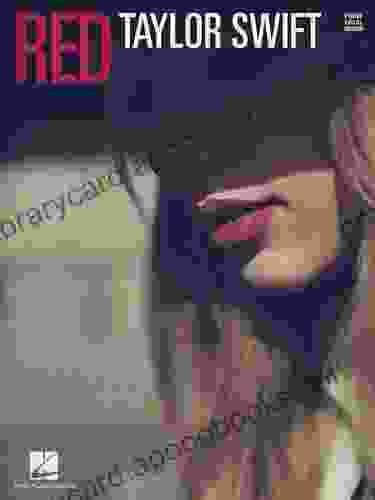
 Clarence Brooks
Clarence BrooksUnleash Your Inner Taylor with Red Piano Vocal Guitar:...
Embrace the Red Era...
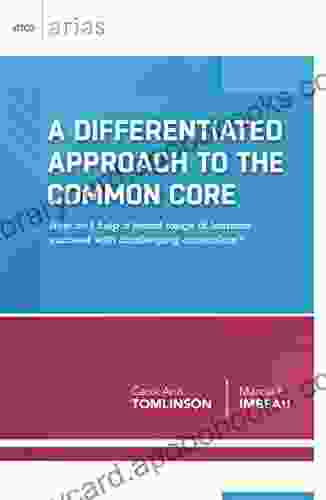
 Jeffrey Hayes
Jeffrey HayesUnlock Your Child's Academic Potential: A Comprehensive...
In today's rapidly changing...

 William Golding
William GoldingBrave Elizabeth: A Captivating Tale of Resilience and...
Immerse Yourself in a Riveting Historical...
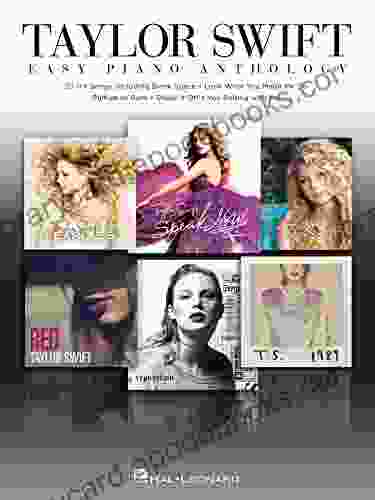
 Curtis Stewart
Curtis StewartUnveiling the Heartfelt Melodies of Taylor Swift: A...
Step into the enchanting world of Taylor...
4.5 out of 5
| Language | : | English |
| File size | : | 23325 KB |
| Text-to-Speech | : | Enabled |
| Screen Reader | : | Supported |
| Enhanced typesetting | : | Enabled |
| Word Wise | : | Enabled |
| Print length | : | 862 pages |
| X-Ray for textbooks | : | Enabled |
| Item Weight | : | 14.1 ounces |
| Dimensions | : | 8.4 x 5.6 x 0.8 inches |



